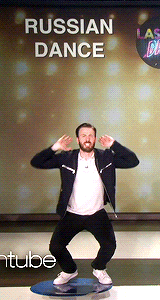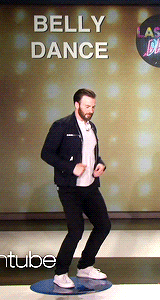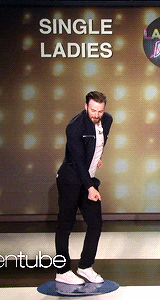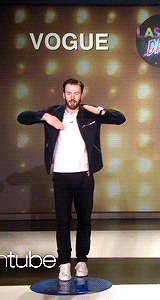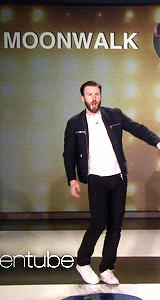Behind The Scenes Of Goblet Of Fire




Behind the scenes of Goblet of Fire
More Posts from Lanakeat-blog and Others



Captain America: The First Avenger (2011)
5.- Tony is Peter’s father
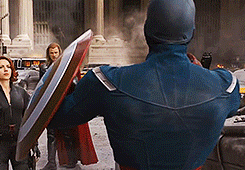
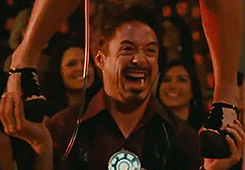

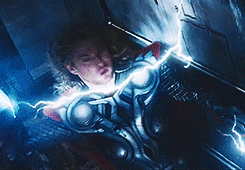

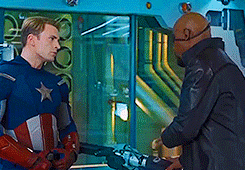
Avengers Actually Assembled
A world where film studio rights don’t exist and all of Marvel exists as one place.
the single greatest cloud brush I've worked with so far oh my god

just adjust opacity and size depending on how crisp lines you want
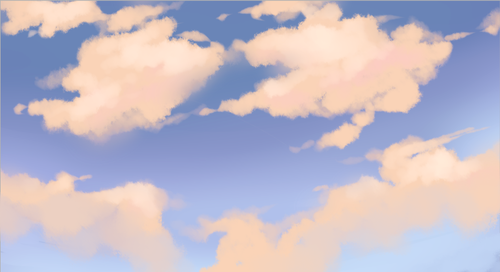
this shit took like 10 minutes










andromeda initiative ☆ golden worlds briefing



Writing Body Language
How to Improve your writing
This is something that happens every day in your life. A shift of your eyebrow in skepticism, or the way your lip may twitch to a half smile cause you’re trying not to laugh. These behaviors are vital for writing in character, because not only do the allow you to visually see what is happening but it is also reaffirming whatever emotion your character is showing.
So why should you write it?
Much of human communication is non-verbal which means you need to also translate this non-verbal reaction in a post. It allows you to greatly enhance the emotions of another character and always another person to ‘visually’ see how they feel in a post. Most of all, this will add depth and volume to your post to make it feel more real. IT will make your character feel like a human instead of just another fictional person you look at from above.
Below you will find a list different type of emotions and what sort of body language can be exhibited to them.
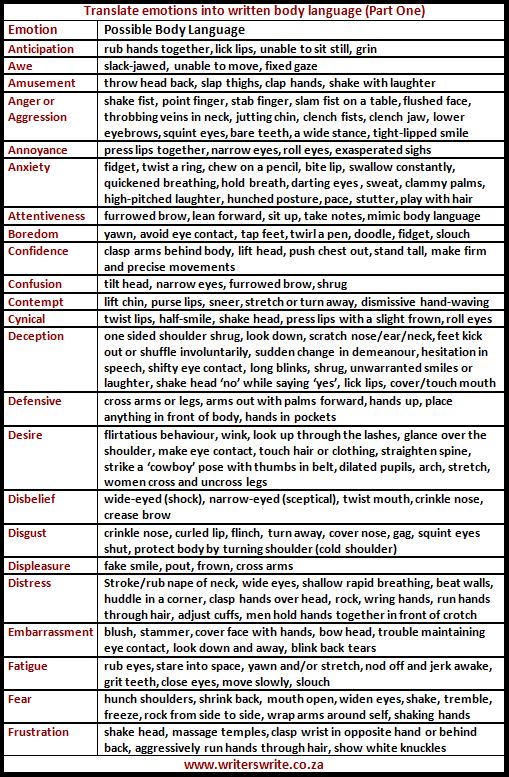
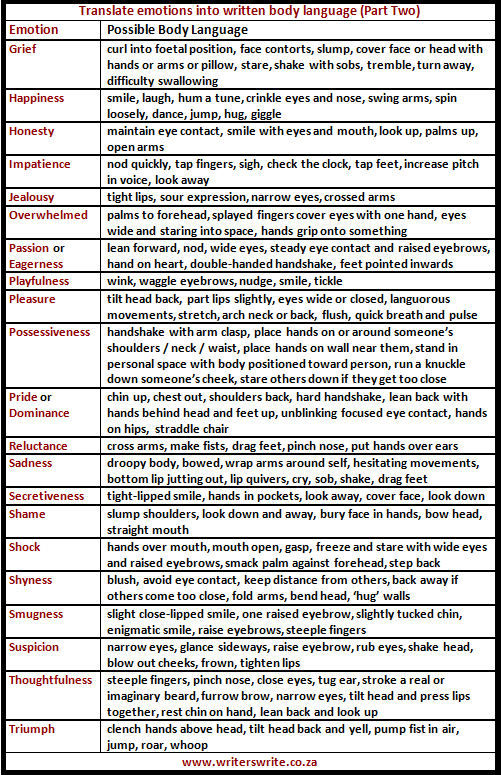
Three ways to accent an action.
When writing about emotions, there are different ways to verbally write them out. Each one is unique in their own way, allowing you to show more about the emotion.
Emphasize the Emotion. But doing this, you are expressing both the emotion and the body language. We’ll use a simple example. It’s short and simple yet you can sense he is happy. John felt so happy that he was humming a tune while walking down the hall.
Complicate the Emotion. Sometimes, even when you are feeling one emotion, deep down rooted underneath the facade of it all, there is actually an underlining emotion they feel. This is something you have to truly express otherwise no one will know. John felt so happy that he was humming a tune while walking down the hall. However, it was obvious by the way his nose crinkled that he was disgusted by the actions beforehand. Instead, John covered it up by appearing pleased today.
Contradict the Emotion. This is a little different than complicate. Contradicting means that you are claiming one thing when in fact its the other. In many ways, this has a variety of uses, from inner depth of the truth to what you see in person, or someone creating a wall. It could be considered a lie, but when is anything that easy? John felt so happy that he was humming a tune while walking down the hall. In truth, once he was in the classroom, his shoulders slumped and a pout crossed his lips when no one was around, showing just how displeased he was with the situation.
Remember that you do not always have to contradict or complicate anything. Sometimes all you need to do is emphasize and that will be just fine. You don’t always have to have an underlining complicated for an emotion to make it more enhanced.
Do be afraid to use the Thesaurus to also improve an emotion. Such things as “happy” is a nice emotional word, but think of how much more powerful it is when you heard some is “overjoyed” or “content.” She how these emotions matched up with a body language can give two different styles of happiness? Mix and match to find what works best for your character at the time.
More In Depth Information
What I’ve stated above is more of a simplistic overview. IF you truly want to improve yourself, go to this
LINK HERE
To see just how much body language can reveal about a person. You will find things such as how a person lies, how the eyes reaction, the positioning of a person in personal space, mouth, and head body language and so much more.
Use these resources to greatly increase the reactions of your character to another and create a more life-like world.
need refs/inspo for period clothing?
here you go:
Medieval (9th-15th century):
10th century and earlier
Romance (1000-1250)
11th century
12th century
13th century
more 13th century
14th century
more 14th
15th century
and more 15th century
Gothic (1150-1550)
Renaissance (1520-1650)
16th & 17th century
16th century
more 16th
Tudors (1500-1550)
more Tudors
Elizabethan Period (1558-1603)
Jacobean Era (1603-1625)
17th century
more 17th century
and again
and even more
this won’t stop
Baroque (1600-1750)
Georgian Period (1714-1830):
18th century
more 18th century
18th century women’s fashion
18th century men’s fashion
Rococo (1720-1770)
Classicism (1770-1790)
children 18th-19th century
Regency Preiod (1811-1820)/ Empire (1800-1820s):
1790-1820s
more stuff on regency and georgian era
even more
that’s not enough regency
and more
how is there so much
early 19th century men’s wear
early 19th century women’s wear
Victorian Period (1837-1901):
Romantic Era (1820-1840s)
Civil War Era/1850-1860s
1870-1890s
more victorian
Edwardian Period (1901-1910):
1900-1910s
Belle Epoque (1880-1910s)
more edwardian/belle époque
Modern:
1910s-1920s [Fashion between the World Wars]
1920s
more roaring 20s
so much 20s
1920s hairstyles
1930s
1930-1940s
1930-1950s
1950s
more 50s
1960s
1960-1970s
1980s
lots of periods in one spot/fashion through centuries:
here, here, and here is almost everything (and properly ordered)
also here with lots of historic fashion magazines
100 years of beauty (includes lots of other cultures too!)
historic fashion
costumes of antiquity
more historical clothing
history of fashion
more history of fashion
“vintage” clothing
historic costumes
children’s historical fashion/toys
details
historic wedding dresses
historic assecoires (hats, shoes…)
hats
masks
parasols
lots of embroidery/jewlery
it indeed is western/european centric, I’m sorry for that, but for other cultures I simply don’t have so many references
ALSO note that most of the pictures show historical clothing from the upper classes or more festive clothing of the lower/working class because normal working clothes wouldn’t survive for such a long time, and the clothes were often re-used over and over again!

I tried to animate Auror Harry last weekend. Here are at least the key frames :)
more sketches at @potterbyblvnk on instagram!
Things Programmers Shout #746
*aggravated sigh*
-
 muqqle-born reblogged this · 2 months ago
muqqle-born reblogged this · 2 months ago -
 muqqle-born liked this · 2 months ago
muqqle-born liked this · 2 months ago -
 alfasigurf liked this · 2 months ago
alfasigurf liked this · 2 months ago -
 screaminghank liked this · 2 months ago
screaminghank liked this · 2 months ago -
 stormagu liked this · 2 months ago
stormagu liked this · 2 months ago -
 adbastille14 liked this · 2 months ago
adbastille14 liked this · 2 months ago -
 troniehagen liked this · 2 months ago
troniehagen liked this · 2 months ago -
 bellamioneblog reblogged this · 2 months ago
bellamioneblog reblogged this · 2 months ago -
 saw7887 liked this · 2 months ago
saw7887 liked this · 2 months ago -
 oilfishjoe liked this · 2 months ago
oilfishjoe liked this · 2 months ago -
 brokenrose12 reblogged this · 2 months ago
brokenrose12 reblogged this · 2 months ago -
 indyace liked this · 2 months ago
indyace liked this · 2 months ago -
 hagen-99 liked this · 2 months ago
hagen-99 liked this · 2 months ago -
 valshadowhunter reblogged this · 2 months ago
valshadowhunter reblogged this · 2 months ago -
 lackys-posts liked this · 2 months ago
lackys-posts liked this · 2 months ago -
 erbath liked this · 2 months ago
erbath liked this · 2 months ago -
 marygold220 liked this · 2 months ago
marygold220 liked this · 2 months ago -
 missmyowndream reblogged this · 2 months ago
missmyowndream reblogged this · 2 months ago -
 missmyowndream liked this · 2 months ago
missmyowndream liked this · 2 months ago -
 ultraemwatson reblogged this · 2 months ago
ultraemwatson reblogged this · 2 months ago -
 nostalgiaispeace reblogged this · 2 months ago
nostalgiaispeace reblogged this · 2 months ago -
 nostalgiaispeace liked this · 2 months ago
nostalgiaispeace liked this · 2 months ago -
 lopearce liked this · 2 months ago
lopearce liked this · 2 months ago -
 lopearce reblogged this · 2 months ago
lopearce reblogged this · 2 months ago -
 valshadowhunter reblogged this · 2 months ago
valshadowhunter reblogged this · 2 months ago -
 emmasource reblogged this · 2 months ago
emmasource reblogged this · 2 months ago -
 mermaidinthecity liked this · 2 months ago
mermaidinthecity liked this · 2 months ago -
 bitter-form-of-refuge reblogged this · 2 months ago
bitter-form-of-refuge reblogged this · 2 months ago -
 velvetinekite reblogged this · 3 months ago
velvetinekite reblogged this · 3 months ago -
 darkfriday1408 liked this · 3 months ago
darkfriday1408 liked this · 3 months ago -
 mariamarion liked this · 3 months ago
mariamarion liked this · 3 months ago -
 kit-kat21 reblogged this · 3 months ago
kit-kat21 reblogged this · 3 months ago -
 unabashedflowerangel liked this · 9 months ago
unabashedflowerangel liked this · 9 months ago -
 ebklsbxgd liked this · 1 year ago
ebklsbxgd liked this · 1 year ago -
 biciudades liked this · 1 year ago
biciudades liked this · 1 year ago -
 janinski-198 reblogged this · 1 year ago
janinski-198 reblogged this · 1 year ago -
 romanathellama liked this · 2 years ago
romanathellama liked this · 2 years ago -
 sweetaprilbutterfly liked this · 2 years ago
sweetaprilbutterfly liked this · 2 years ago -
 inlovewithastark reblogged this · 2 years ago
inlovewithastark reblogged this · 2 years ago -
 inlovewithastark liked this · 2 years ago
inlovewithastark liked this · 2 years ago -
 chinaofrps liked this · 2 years ago
chinaofrps liked this · 2 years ago -
 lunalovegoodsphotography reblogged this · 2 years ago
lunalovegoodsphotography reblogged this · 2 years ago -
 getbacktofandomlife reblogged this · 2 years ago
getbacktofandomlife reblogged this · 2 years ago -
 jkrstopruininghp reblogged this · 2 years ago
jkrstopruininghp reblogged this · 2 years ago -
 winnie-the-monster liked this · 2 years ago
winnie-the-monster liked this · 2 years ago -
 landonmikaelson reblogged this · 2 years ago
landonmikaelson reblogged this · 2 years ago


